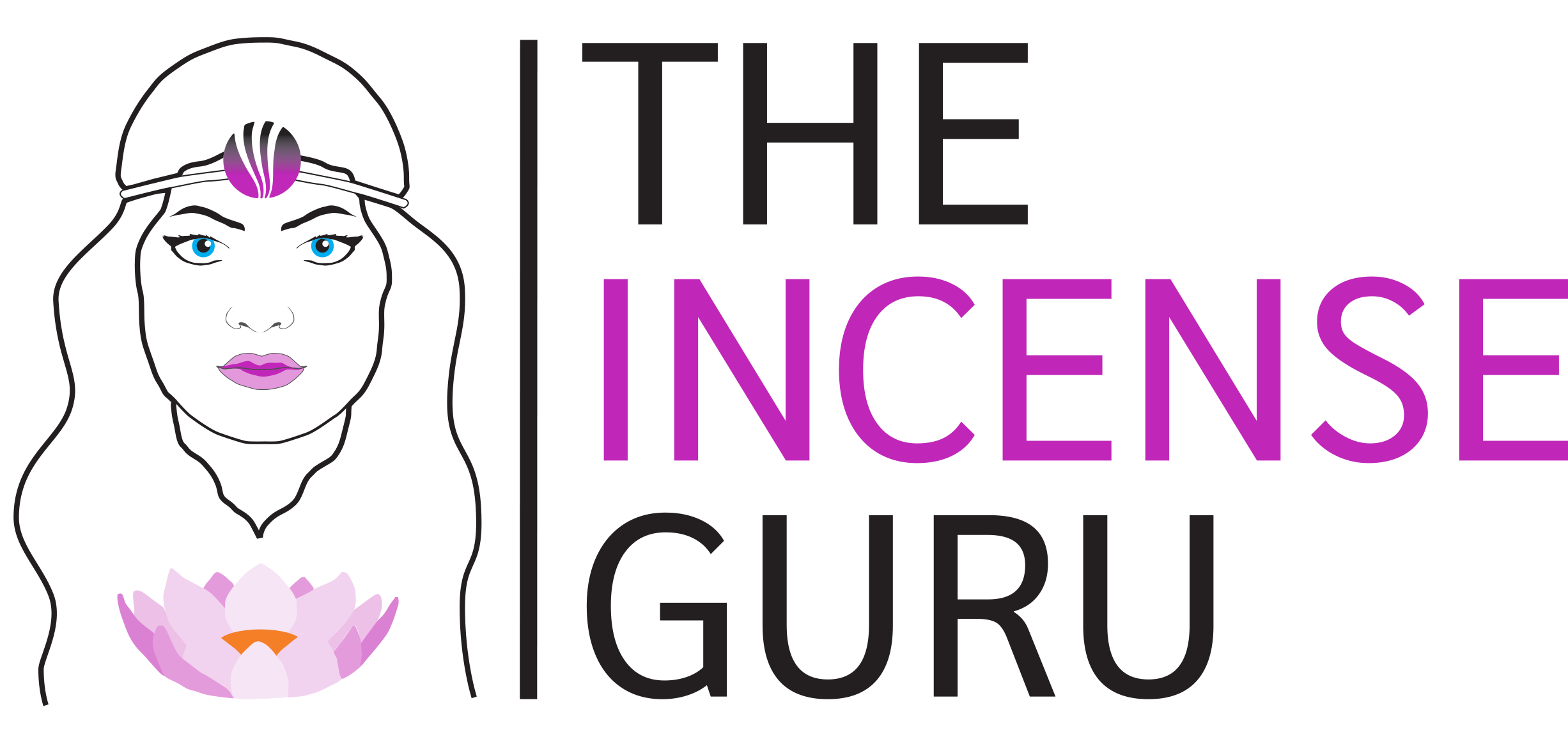CHOOSING INDIAN INCENSE
Some companies import their line of incense directly from India. But most of the incense available in America is processed here. Blanks (ie, unscented sticks) made by coating thin slices of bamboo with unprocessed wood, are cheaply imported from the East. The blanks are then dipped into solutions containing synthetic aromatic chemicals, ornately packaged, and sold for a high profit (in which you often pay more for the packaging than the actual content). These "blanks" are otherwise know as firecarcker punks. They were never intended to be used as incense as unprocessed wood produces harsh chemcials when burned, which is why some incense gives people headaches.
Incenses from India ("agarbatties"), represent literally thousands of different ingredients and compounds. They usually contain liquid perfumes as well as solid base ingredients such as sandalwood powder, charcoal and resin known as "jigit". Any such incense can be expected to have 30 or more ingredients. As a result, the variety of incense from India is quite vast. Diverse as they are, Indain incenses fall into several distinct categoreis. We have described below five processes which emcompass all varieties of stick incense from India. Each listing is prefaced with a word which denotes the nature of each incense. While some incenses don't fall exactly into any one category, we think you'll find these decriptions helpful, particulary once you have tried a given type.
MASALA is the Indian word for a blend of spices and/or herbs, such as those used in making curries or other food dishes. Masala incenses are made by blending a number of solid ingredients into a paste which is then rolled onto a bamboo core stick. Masalas usually do not contain liquid perfumes which can evaporate.
CHARCOAL is integral in the manufacturing of an unscented blank (non-perfumed stick) which is then dipped into a mixture of perfumes and/or essential oils. These blanks usually contain "spent" sandalwood powder, a binding sticky resin that holds the stick's coating together, wood charcoal and sometimes other substances. Most charcoal incenses are black or near black in color, and are distinctive becuase they are rich in aromatic perfumes. Indian charcoal sticks contrast from the "punks" mentioned earlier as they are dipped in superior perfumes and burn smoothly without producing irritating smoky by-products. Charocoal stick incenses are typically more single note fragrances.
DURBARS (and Champas) are wet-process incenses which frequently contain ingredients entirely unfamiliar in the West. They are usually very slow burning and quite sweet and spicy in bouquets. They can amalgamate solid and liquid perfumes in a gummy base which never quite dries, making the sticks themselves soft to the touch. All are rich and highly fragranced.
COMBINATION incenses are those we have found to have the qualities of both the Masala and the Charcoal. It is possible to make a Masala incense and then dip it into liquid perfumes, producing a very colorful and rich bouquet. Or, semi-liquid substances such as resinolds which can be added to the Masala along with essential oils or liquid aromatics. These incenses usually have a great deal of depth and once burned, leave a lingering after fragrance.
WOODBASE incenses, including sandalwoods and some ambers, contain little more than powdered or shaved wood plus a resinous or solid perfume. They are really Masala, but since the woodiness is so distinct in most cases, we have put them into a separate category.
